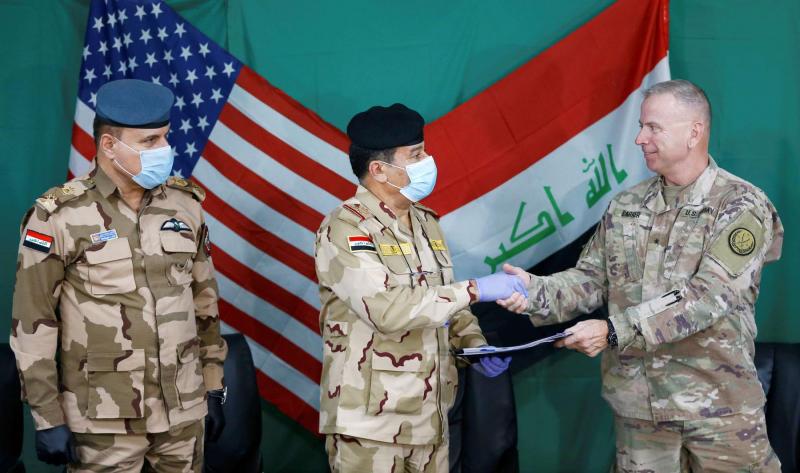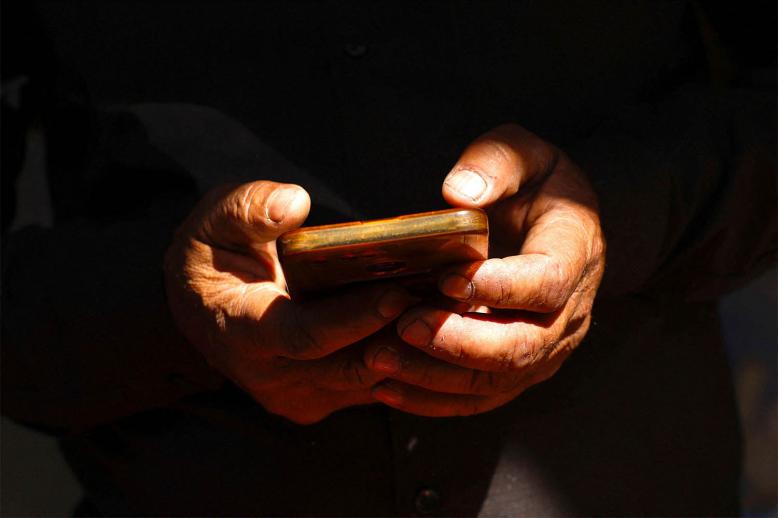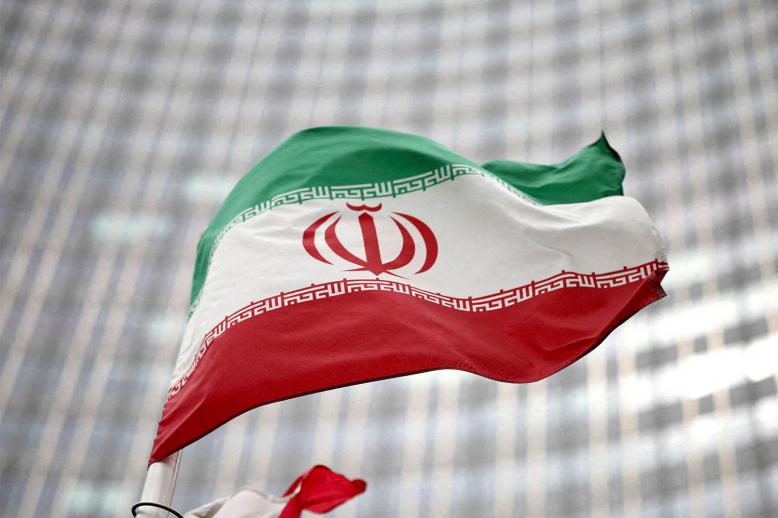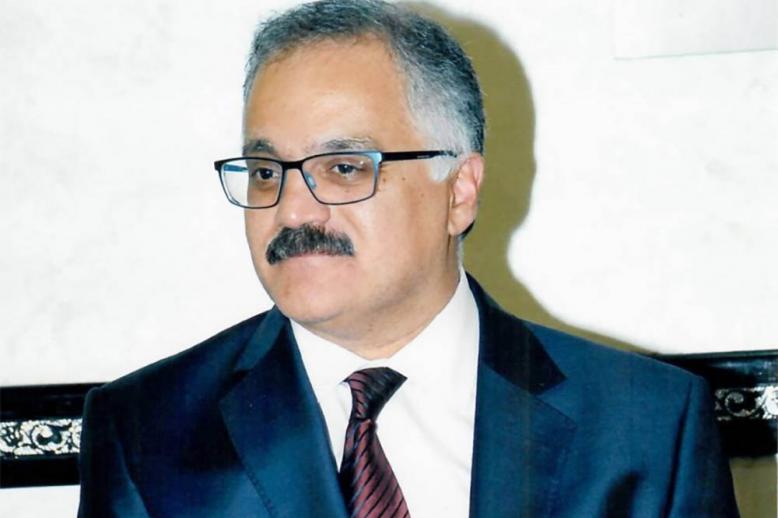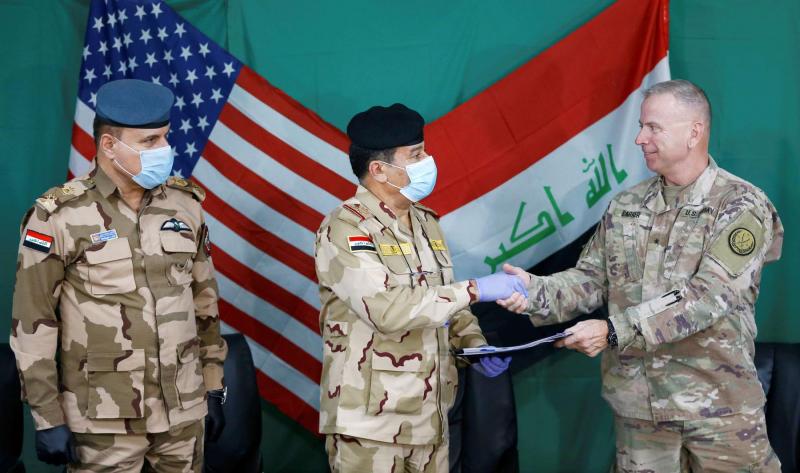17 years ago, the US' target was Iraq - not its regime
Seventeen years ago — almost to the day — US-led coalition forces were advancing from the south towards Baghdad. They took the city on April 9, 2003.
That date marked the beginning of a new era for the region. It was a virtual earthquake whose aftershocks are still being felt on more than one level, especially in Iraq, the Gulf and the region of the Fertile Crescent that extends from Iraq to the Palestinian territories, via Syria and Lebanon.
The world stood witness to the changes occurring since 2003 and became convinced that Iran was the United States’ real partner in its war on Iraq. In fact, Iran was the real victor of that war, a war that had cost the United States thousands of lives and trillions of dollars.
What is confusing is why and how the Americans decided to invade Iraq after al-Qaeda’s “holy attacks” on September 11, 2001, on the Pentagon and New York, commissioned by Osama bin Laden.
Besieged by severe international sanctions for its foolish invasion of Kuwait in 1990, Iraq had no relationship with al-Qaeda or bin Laden, who was hiding in Afghanistan.
Among the 19 terrorists who executed the attacks was a Lebanese citizen named Ziad Jarrah belonging to the Fatah Revolutionary Council group headed by Sabri al-Banna, aka Abu Nidal. Banna was a defector from Fatah and had suspected links to various terrorist organisations, including al-Qaeda.
Banna was living in Baghdad. To preclude any misinterpretations, the Iraqi regime of the time disposed of the man. It was said he “committed suicide” at his home in Baghdad.
Despite these preventive moves, there were some people in Washington who insisted on finding a link, no matter how thin, between the Iraqi regime headed by Saddam Hussein and al-Qaeda, knowing that evidence corroborating the existence of a relationship between al-Qaeda and groups affiliated with the Iranian regime, not Iraq, was overwhelming.
Since September 11, 2001, officials in the George W. Bush administration volunteered Iraq as partially responsible for the attacks. During the first high-level meeting following the attacks, US Deputy Secretary of Defence Paul Wolfowitz demanded that a response take place in Iraq.
That meeting was at Camp David. Colin Powell, then-Secretary of State, silenced Wolfowitz, assuring him that the US administration had no information linking Saddam to al-Qaeda but Wolfowitz refused to back off.
Wolfowitz, a neoconservative, was later asked why he had focused on Iraq, while everybody knew al-Qaeda’s leadership was protected by the Taliban regime in Afghanistan. He answered: “The seeds have been planted.”
In other words, he laid the foundation for the military invasion of Iraq. This information was published in Vanity Fair and the decisions taken at that stage that changed the face of the world, including travel procedures inside and outside the United States.
Still, the mystery remains: Why invade Iraq? The answer at that time was to bring freedom and democracy to the oppressed Iraqi people.
There is no question that the Saddam regime was dictatorial but why it and not the Syrian regime, for example, which was equally oppressive? More important, what was the difference between it and the government in Iran, especially the Khomeini regime that had American blood on its hands? It ordered the bombing of the US Embassy in Beirut in April 1983, followed by the bombing of the US Marine Corps headquarters near Beirut airport in October the same year.
It is still a mystery why the United States started a war on Iraq under the pretext of going after al-Qaeda while its troops were all over Afghanistan searching for al-Qaeda and bin Laden.
To this day, the United States has been suffering from its war in Afghanistan. It couldn’t end it, such that, in 2020, it had no choice by to sign an agreement with the Taliban, an accord with a taste of defeat. It was the Taliban regime and Afghanistan that gave shelter and protection to bin Laden and enabled him to plan and execute the September 11 attacks and yet US Secretary of State Mike Pompeo found himself compelled to go to Kabul to save what he could of the agreement with the Taliban.
The invasion of Iraq is a bewildering American decision but the conclusion that can be drawn after all those years is that the announced US goal of establishing a democratic regime in Iraq turned out to be an impossible task and that the real target then was Iraq, not the regime.
How else can we explain that a mighty country such as the United States, which was the only superpower in the world, could embark on the adventure of invading and occupying a country without preparing itself for the post-occupation phase? Even a child could guess that occupying Iraq in the way it happened meant offering it to Iran on a silver platter and creating a lasting regional imbalance at every level.
What was birthed in Iraq by the US occupation was a non-viable, unsustainable regime, especially after the intentional marginalisation of the Sunni Arabs of Iraq and of offering the Kurds inapplicable promises.
With the passage of time, that is, 17 years since the fall of the statue of Saddam in Baghdad, events confirm that the intention was to finish off Iraq. The old regime and its alleged weapons of mass destruction were nothing more than flimsy arguments for achieving the specific goal of destroying Iraq.
In 2020, the United States rediscovered its need for Iraq. This is the Iraq that is resisting Iranian hegemony on the grounds that Arab nationalism still binds together most Iraqis, including Shiites.
Does Washington have a clearer vision of what it must do in Iraq to avoid the continuation of the Iranian expansionist project, a project motivated by fighting American belligerence in the first place?
Most important, is it possible to restructure Iraq after all these years of efforts to disintegrate it, unravel its social fabric and send it back to the Middle Ages?
We know what happened in Iraq and what was the goal of occupying it, but why?
Khairallah Khairallah is a Lebanese writer.
This article was originally published in The Arab Weekly.

